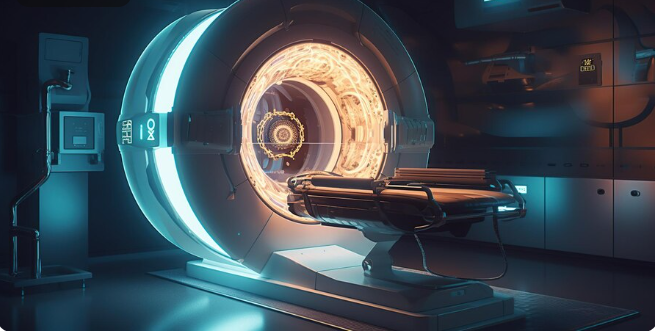
When your doctor recommends diagnostic imaging, you may wonder which test—MRI or ultrasound—is best suited to your situation. These two widely used imaging techniques serve distinct purposes, and choosing the right one can be essential for timely and accurate diagnosis. In Halifax, both public and private imaging options are available, including advanced services at Why Wait Imaging.
In this article, we’ll explore the key differences between MRI and ultrasound, when each is recommended, and how private diagnostic imaging in Halifax can help you access the care you need faster.
Understanding the Basics
An MRI: What Is It?
MRI (Magnetic Resonance Imaging) creates finely detailed cross-sectional images of inside body structures using radio waves and strong magnets. Soft tissues including the brain, muscles, joints, spinal cord, and internal organs are best visualised with it.
An ultrasound: what is it?
High-frequency sound waves are used in ultrasound, also known as sonography, to provide live images of the body’s organs and structures. It is frequently used for examinations of soft tissues, vascular health, abdominal and pelvic organs, and pregnancy.
Diagnostic Imaging in Halifax: Access and Wait Times
Patients in Halifax frequently have to wait a long time for diagnostic imaging that is supported by the government. Depending on availability and urgency, MRI wait times in the public system might surpass 100 days, according to the Nova Scotia Health Authority.
A crucial substitute is provided by private imaging centres such as Why Wait Imaging, which offer:
-
Quicker scan access
-
Cutting-edge imaging technology
-
Adaptable appointment scheduling
-
Individualised, patient-focused treatment
MRI vs. Ultrasound: Side-by-Side Comparison
When Is an MRI the Best Choice?
MRI excels in diagnosing and monitoring:
-
Neurological conditions (e.g., brain tumors, multiple sclerosis, stroke)
-
Spinal disorders (e.g., disc herniation, spinal stenosis)
-
Joint injuries (e.g., ligament tears, cartilage damage)
-
Soft tissue tumors and organ evaluation
-
Pelvic issues not clearly visualized with ultrasound
Who Should Consider an MRI?
-
Patients with persistent pain or neurological symptoms
-
Individuals with complex soft tissue injuries
-
Physicians seeking high-detail diagnostic views
When Is an Ultrasound the Best Choice?
Ultrasound is often the first-line imaging tool for:
Monitoring of pregnancy (foetal growth, heartbeat, abnormalities)
Abdominal problems (liver illness, kidney stones, gallstones)
Gynaecological issues (ovarian cysts, fibroids) or pelvic pain
Vascular health (blood flow and clots using Doppler ultrasonography)
Assessment of thyroid or breast nodules
For whom is ultrasound the best option?
People who are pregnant should be regularly monitored.
Individuals experiencing severe pelvic or abdominal pain
People in urgent need of soft tissue scanning
Advantages of Choosing Diagnostic Imaging at Why Wait Imaging
Patients in Halifax benefit from private diagnostic imaging in several key ways:
1. Shorter Wait Times
Avoid the public system’s frequent months-long delays. Obtain the answers you require more quickly.
2. Contemporary Imaging Technologies
Modern hardware and software are included in both MRI and ultrasound devices to increase accuracy.
3. Professional Group
Under the direction of skilled radiologists and technologists, Why Wait Imaging provides outstanding care from booking to imaging to results.
4. Handy Location
ideally situated in Halifax, with parking and easy access.
Common Conditions and the Right Imaging Choice
Cost Comparison in Halifax
Even though MSI provides free publicly sponsored scans, lengthy wait periods can cause significant treatment delays. At facilities like Why Wait Imaging, private scans usually cost between.
Ultrasound: From $175 to $300
MRI: Depending on the body part, prices range from $700 to $1,200.
Many patients find that the costs of waiting—such as missed work, postponed therapy, and anxiety—outweigh the money spent.
Conclusion: Making the Right Imaging Choice in Halifax
Ultrasound and MRI are both crucial tools in contemporary medical diagnoses. The level of detail needed, your medical history, and your symptoms will all influence which scan is best for you.
Private services like Why Wait Imaging have made it simpler for people in Halifax to get prompt diagnostic imaging. Making the correct decision can speed up diagnosis, treatment, and peace of mind, regardless of whether you require a quick ultrasound or a thorough MRI.